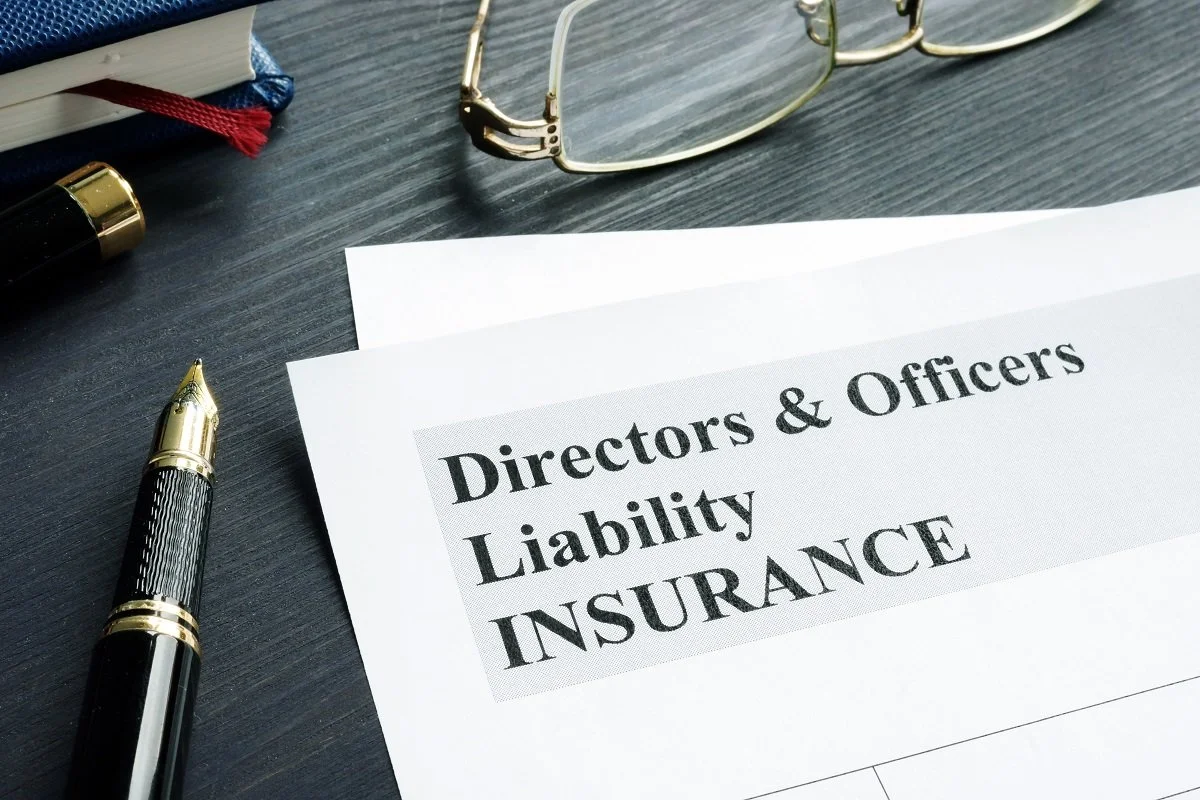Directors & Officers Liability Series: Side A Defense Costs & Settlements
Author, Jack Marrs, Associate Account Executive, Rancho Mesa Insurance Services, Inc.
While an insurance agent must continually stay abreast of industry trends and market conditions, it’s equally as important to educate clients on the enforce insurance policies. As a non-profit focused insurance agency, Rancho Mesa is accustomed to having important conversations with clients regarding Directors & Officers Liability Insurance (D&O).
This article is the first installment in a 3-part series explaining the most common insurance agreements in a D&O policy: Side A, Side B, and Side C.
Side A addresses defense costs and settlements.
Why Organizations Have D&O Policies
Most non-profit board members understand they may be held personally liable for financial damages they cause while serving the organization.
This scenario might occur if a director or officer unintentionally misappropriates funds, isn’t transparent about a conflict of interest, or unknowingly violates workplace laws. As such, personal assets can be exposed without a D&O policy in place.
Fortunately, the D&O policy’s Side A insuring agreement addresses this concern and protects the personal assets of the organization’s directors.
Having a D&O policy allows organizations to attract qualified board members who do not want to risk their personal assets in order to serve on the organization’s board.
D&O Policy Coverage
Side A covers the cost of claims not indemnified by the organization.
A claim made against an officer during a bankruptcy is one such example. Without this coverage, the officer will be liable for defense costs.
Fortunately, Side A insuring agreements typically do not have a self-insured retention, which acts similar to a deductible.
Our next installment in this Directors & Officers liability series will address the Side B insuring agreement.
To learn more about D&O insurance or to address your organization’s risk, contact me at (619)486-6569 or jmarrs@ranchomesa.com.

